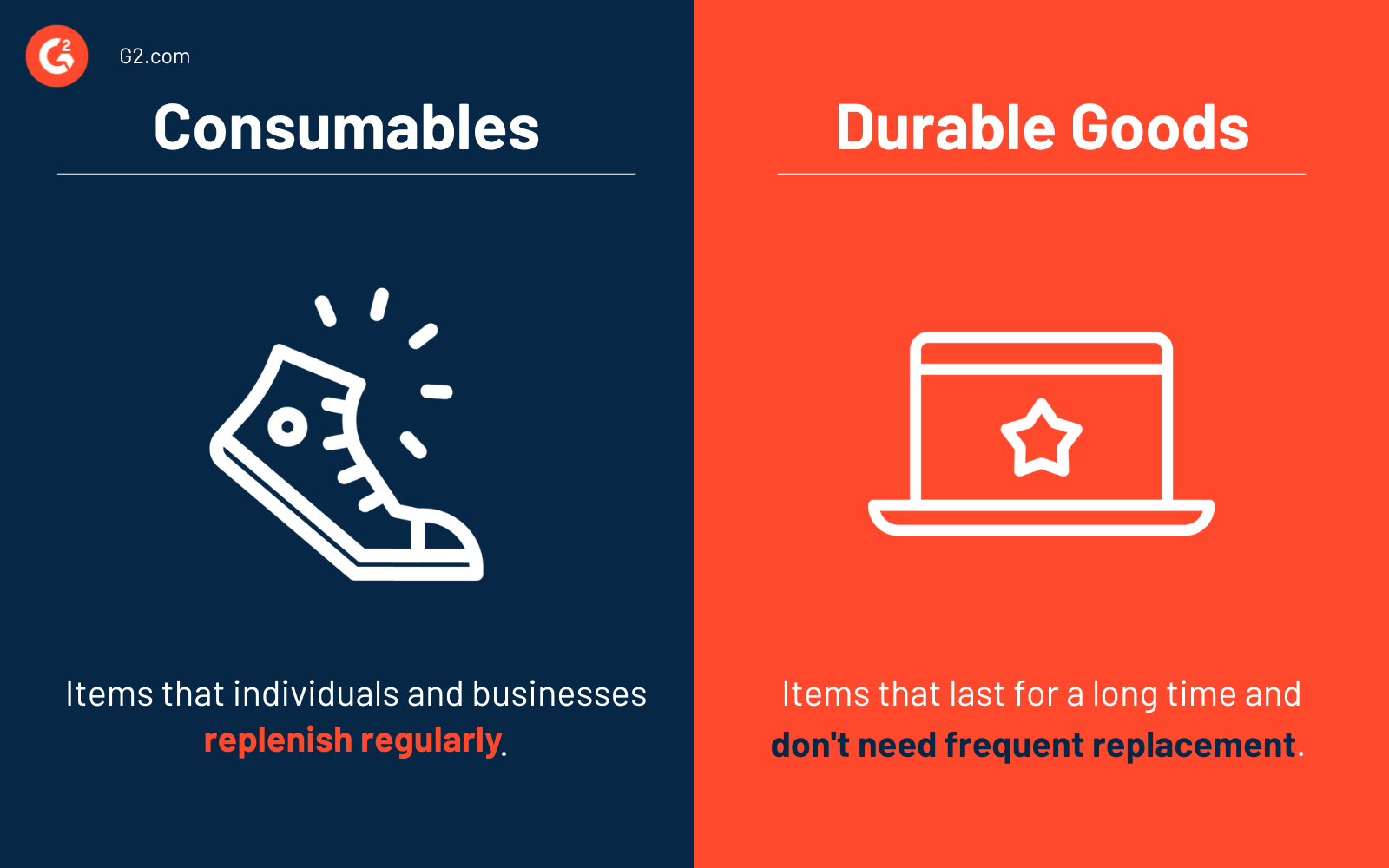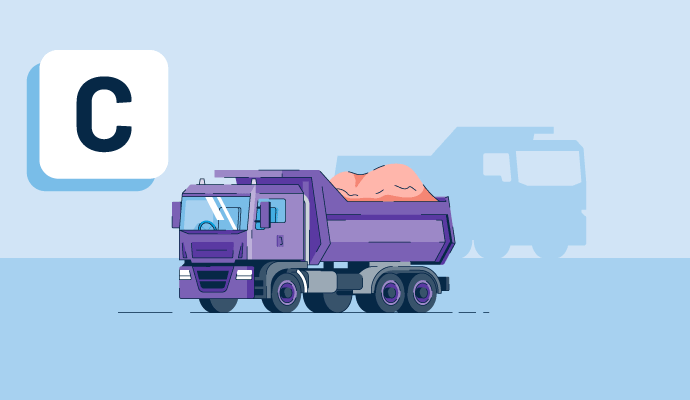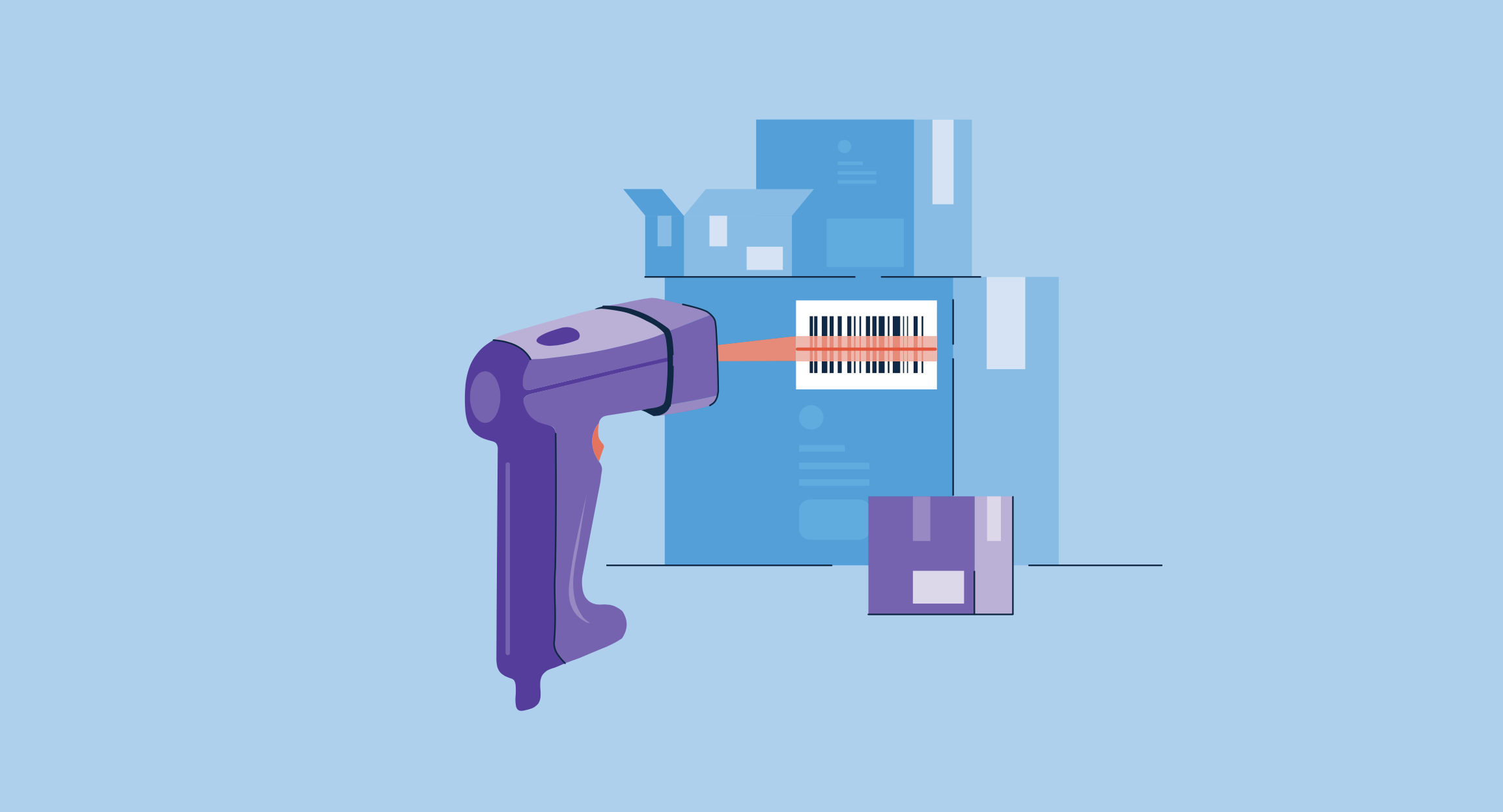What are consumables?
Consumables or consumable goods are non-durable goods ideal for immediate consumption. Common examples include day-to-day living products like food, clothing, water, or office supplies such as paper, Post-It Notes, file folders, and ink cartridges.
Businesses or individuals typically use up or transform these products, which is why consumables need recurring replacements. Some manufacturers also use consumables like chemicals, semiconductor wafers, welding rods, and electrodes as components of end products.
Disposable consumables are those that people only use once. Examples include single-use batteries or hygiene products. Warranty policies don’t cover consumable goods, as insuring them would raise premiums excessively.
Production-focused companies use inventory control software to track physical inventory, evaluate vendors, predict demands, and optimize orders.
Types of consumables
Two types of consumables are consumer staples and consumer discretionary items.
Consumer staples refer to essential goods that consumers use regardless of their financial situation. Common examples include foods and beverages, hygiene products, and household items. Year-round demand exists for these non-cyclical consumables.
The consumer staple sector is heaven for investors looking for equity financing opportunities because people purchase clothes, groceries, and gas regardless of the state of the economy. Consumer staples stocks are less volatile and offer solid dividends.
Consumer discretionary items are non-essential goods and services. Common examples include high-end products, big ticket items, leisure activities, automobiles, expensive apparel, and durable goods. These consumable suppliers are known as consumer discretionaries or consumer cyclicals.
Consumers avoid these discretionary items and spend more on staples during the contractionary phase of an economy.
Financial institutions closely monitor consumer spending patterns to identify potential inflation and economic shifts. High inflation lowers the income that people spend on discretionary items.
Consumables examples
Below are some common examples of consumables across industries.
- Construction consumables refer to items that construction workers use to execute a work. Examples include tape, welding rods, glue, electrodes, utilities, petroleum, oil, and lubricants (POLs).
- Discount grocery consumables offer lower prices to attract customers and beat the competition. For example, grocery supply companies and modern trade stores use discounts to sell more fast-moving consumer goods (FMCGs).
- Medical consumables are disposable items that medical practitioners use while diagnosing diseases and injuries. Examples include gloves, bandages, dental crowns, orthodontics wires, implants, and biomaterials.
- Cleanroom consumables include clothes, wipes, sterile coveralls, facemasks, shoe covers, mops, cleaning products, gloves, maintenance supplies, and swabs. Nanotechnologists, research labs, and pharmaceutical industries use these items to prevent contamination and clean products.
- Hospitality consumables are items that hotels, resorts, and restaurants stock to offer a hassle-free customer experience. Examples include bath foam, conditioner, lotion, hand wash, shampoo, and insect repellent.
Accounting for consumables
Businesses buying consumable goods use accounting software to record these items as supplies on hand on the balance sheet. Once they count the supplies on hand at the end of a financial year, they use adjusting entries to record used items as expenses in the income statement.
Consumables vs. durable goods
It's important to understand the difference between a consumable good and a durable good.

Consumable goods or consumables are items that individuals and businesses replenish regularly. Once purchased, these goods have shorter shelf lives and require replacement.
Durable goods or capital goods last for a long time and don’t need frequent replacement. Consumer durables typically last for up to three years. As a result, these products can retain economic value for a longer period. Examples include electronic appliances, motor vehicles, jewelry, garden equipment, small tools, and toys.

Sudipto Paul
Sudipto Paul is a Sr. Content Marketing Specialist at G2. With over five years of experience in SaaS content marketing, he creates helpful content that sparks conversations and drives actions. At G2, he writes in-depth IT infrastructure articles on topics like application server, data center management, hyperconverged infrastructure, and vector database. Sudipto received his MBA from Liverpool John Moores University. Connect with him on LinkedIn.




















